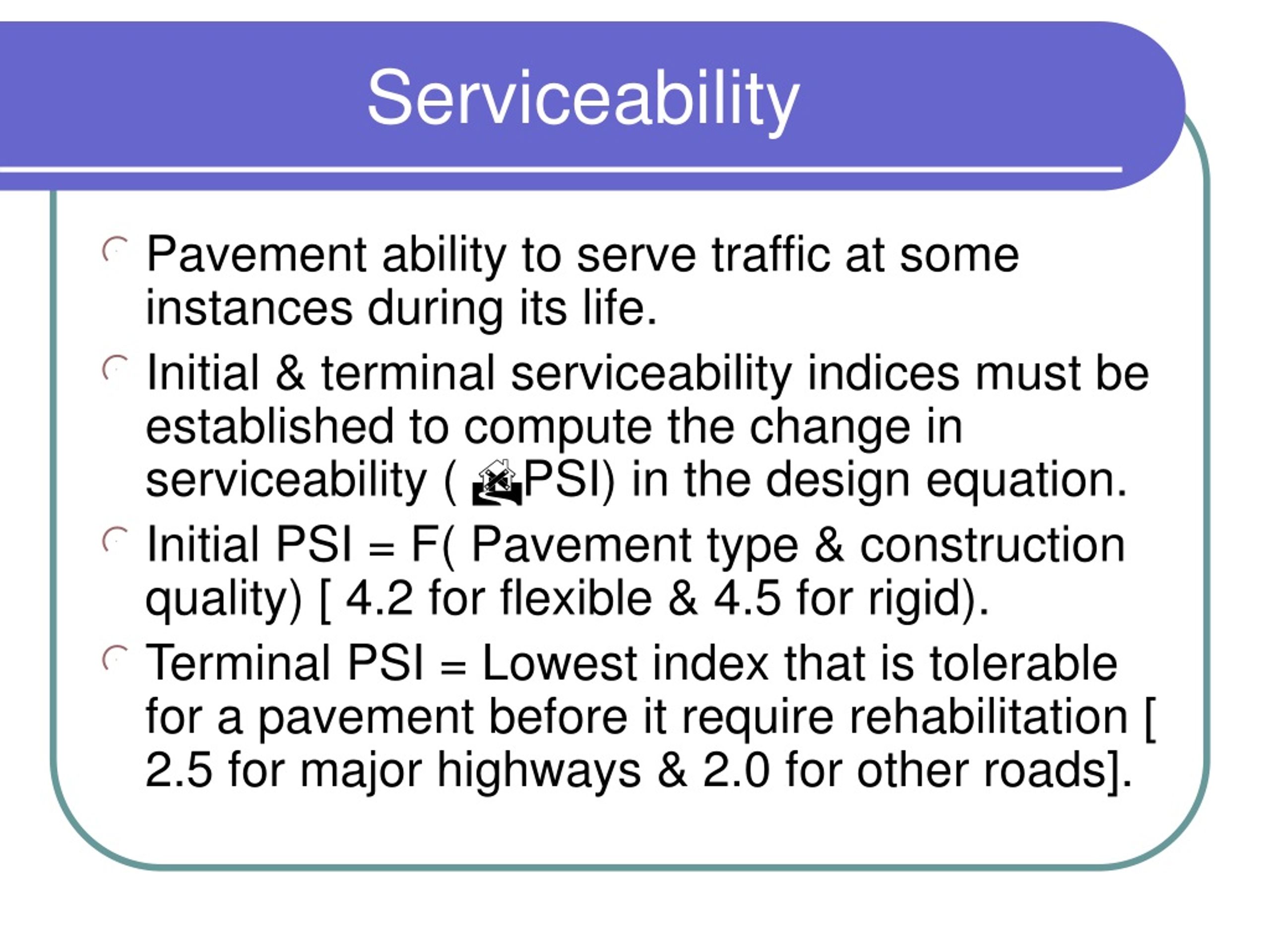


Perraton D, Baaj H, Carter A (2010) Comparison of some pavement design mathods from a fatigue point of view: effct of fatigue properties of asphalt materials. Pereira P, Pais J (2017) Main flexible pavement and mix design methods in Europe and challenges for the development of an European method. Ozsahin DU, Uzun B, Musa MS et al (2017) Evaluating nuclear medicine imaging devices using fuzzy PROMETHEE method.

Nicholas JG, Lester AH (2002) Traffic and highway engineering. McElvaney J, Snaith MS (2012) Analytical design of flexible pavements. Lavin PG (2003) Asphalt pavement: a practical guide to design, production, and maintenance for engineers and architects. Kumar RV, Pavithra M (2016) Experimental study on design of flexible pavement using CBR method.
Flexible pavement design aashto method example software#
Khan RU, Khan MI, Khan AU (2012) Software development (PAKPAVE ) for flexible pavement design, pp 1–5 Highways Agency (2006) Pavement design and maintenance Part 3 HD 26/06. Gill S, Maharaj DK (2015) Comparative study of design charts for flexible pavement. Įl-Badawy S, Bayomy MF, Santi M, Clawson CW (2011) Comparison of idaho pavement design procedure with AASHTO 1993 and MEPDG methods. Įkwulo EO, Eme DB (2009) Fatigue and rutting strain analysis of flexible pavements designed using CBR methods. Int J Pavement Eng 18:1–12Ĭhidozie NM, Joshua CC (2016) Traffic assessment for pavement structural design using RN29, LR1132, and HD26/01 methods. AASHTO, Washington, DCĪllen DH, Little DN, Soares RF, Berthelot C (2015) Multi-scale computational model for design of flexible pavement–part I: expanding multi-scaling. KeywordsĪASHTO (2001) AASHTO guide for design of pavement structures. HD26/01 will be recommended for design of new road, since research proved total failure of the road pavements designed with RN29 after 20 years. Road Note 29 (RN29) was found to be the most preferred method with HD26/01 been the second. The criteria employed in the selection of the best method for the pavement design includes pavement thickness obtained from the design result, environmental consideration and pavement performance in the design procedure, recommended design life, minimum strength requirement for subbase and base material. Fuzzy PROMETHEE decision technique was used to identify the most suitable method for designing the pavement. In this paper seven different pavement design methods were studied and each of the methods was used to determine the thickness of a flexible pavement. Various methods for flexible pavement design were developed over the years ranging from empirical, mechanistic and the recently the mechanistic-empirical method.


 0 kommentar(er)
0 kommentar(er)
